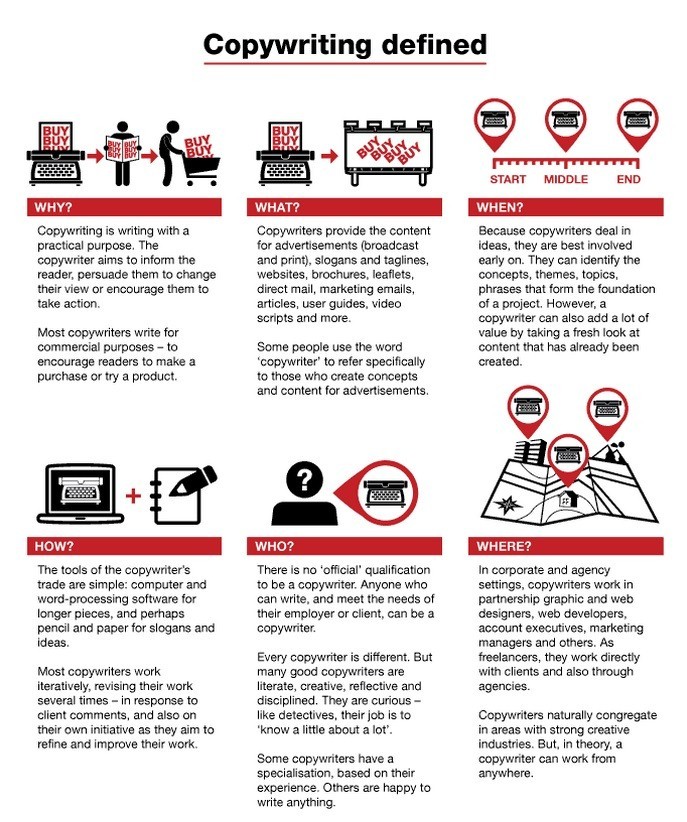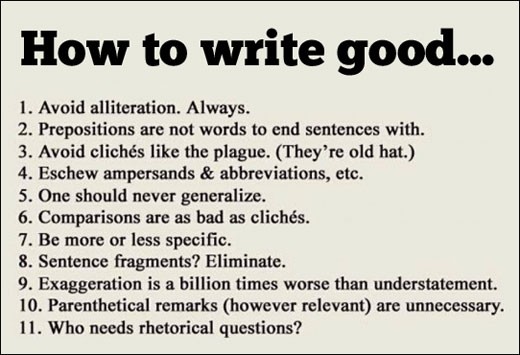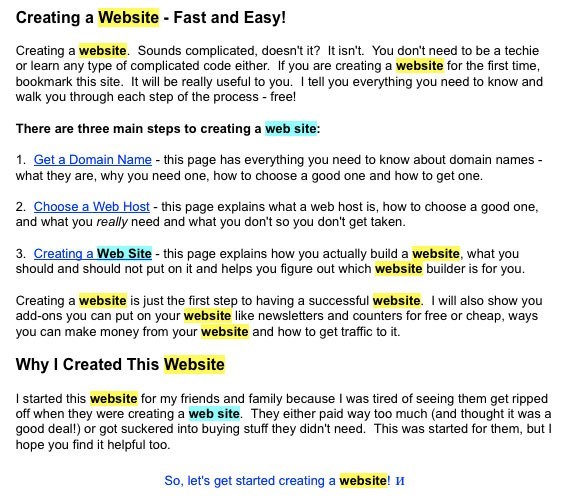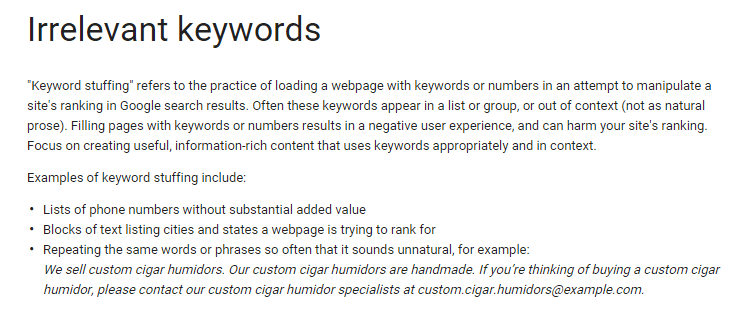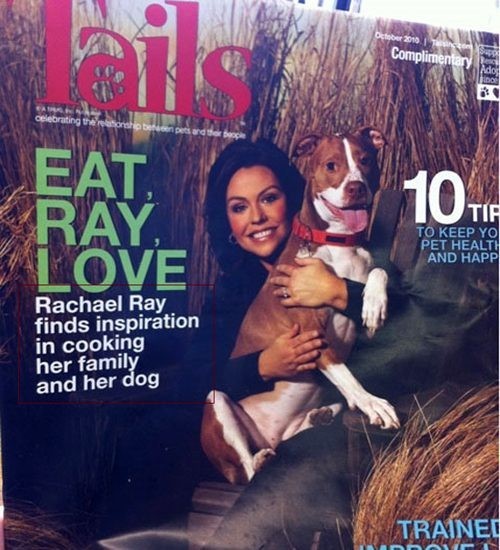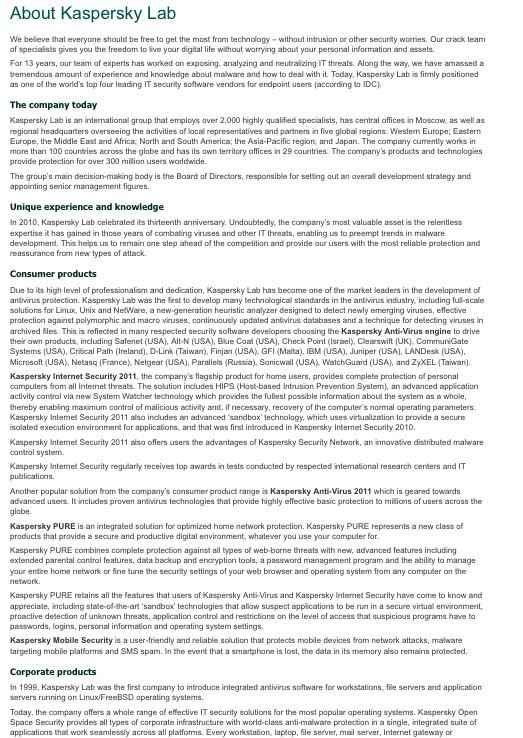Anyone can be a copywriter, right? Not exactly. Some people are born to write, while others would rather do anything than sit down and put pen to paper. Unfortunately for some marketers (and fortunately for others), copywriting plays a large role in marketing, and it will continue to for the foreseeable future.
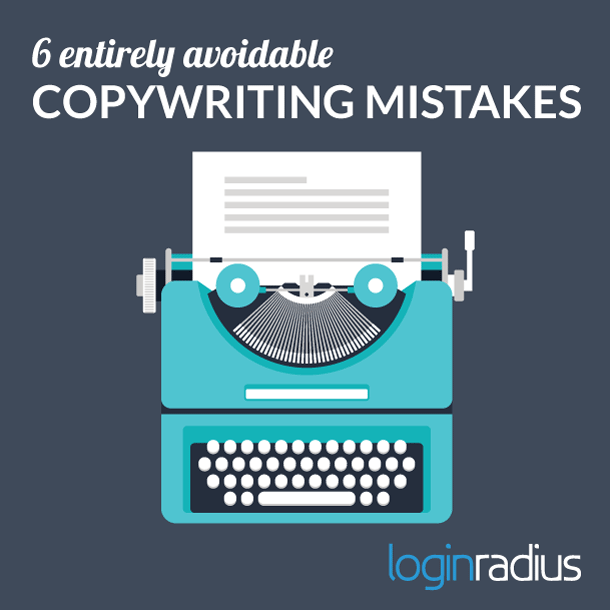
Sure, anyone can put together a blog post or update their social media profile, but the true sign of a copywriter is not just creating content, but creating content that is in alignment with marketing objectives, engages readers, and helps accomplish a specific goal.
You have to learn how to become a copywriter if you want to be able to write compelling content that drives traffic, engages people, and converts visitors into paying customers. ABC Copywriting provides a great definition of what copywriting is all about:
This big issue today is that anyone can publish anything at any time, and because of this, copywriting often becomes an afterthought. Companies call copywriters at the last minute to fill in the pages of their new website, craft social media messages for a social media campaign, or write blog posts to help boost their organic search reach.
Not giving copywriting the credit it deserves can lead to issues more often than not, and it’s one of the main things leading to copywriting mistakes – many of which can hurt your credibility and be downright embarrassing.
6 Embarrassing Copywriting Mistakes
No matter what you are writing or where you are publishing your copy, copywriting mistakes can come back to bite you, even minor mistakes.
#1 – Spelling errors
I think we see who the real moron is in this case. Yes, this is an obvious one, but spelling oversights remain one of the most common and impactful copywriting mistakes.
Unfortunately, the spell checker in Word documents or your content management system will not pick up every single copywriting mistake. This is why you need to enlist the services of a good editor, or at the very least, read over your copy carefully before posting it online.
Do spelling errors really make that much of a difference? YES!
- Three quarters (74%) of web users pay attention to the quality of spelling and grammar on company websites.
- More than half (59%) of people would avoid doing business with a company that made obvious spelling or grammar mistakes.
Here is another cringe-worthy copywriting mistake:
What exactly are pubic schools? Considering the cost of an ad of this nature, and how many approvals were likely required for this marketing campaign, you would think one person would have caught this copywriting fail. But now it lives in infamy.
Copywriting Tips:
- Never assume your word processor will catch all spelling and grammar mistakes
- If you are not sure about the proper spelling of a word, double check it
- Always proofread your content prior to publishing
- Use an editor if possible. At the very least, have another person take a look
- If you are self-editing, read your copy out loud
#2 – Blatant keyword stuffing
All marketers are in search of finding the perfect copywriting formula to get their websites ranked on the first page of Google search results. This has also led to many manipulating their website copy by adding unnecessary and unnatural keywords, leading to many copywriting mistakes, not to mention a host of website design, usability and credibility issues.
While it may have worked in the past, along with many other black hat SEO strategies, keyword stuffing is a major no-no! It will not only potentially hurt your search ranking, it also looks terrible and will hurt your credibility, as there is no value in the content for readers.
Can you guess which keyword the author of this content was attempting to rank for?
15 instances of the word “website” in about 250 words of text will definitely get Google’s attention. Just in case you need a refresher, here is the definition of keyword stuffing from Google Webmaster Tools:
Copywriting Tips
- The quality of your content should always take precedence
- Use keywords naturally throughout your content
- Focus on using keywords in the correct places and contexts rather than the number of times
- Use an SEO plug-in or software to measure the effectiveness of keyword use
#3 – Overlooking the importance of the headline
A good headline will grab the reader’s attention. An okay headline will be passed over for the next one. An overlooked headline will get people talking for the all the wrong reasons.
If you can’t get readers to read your headline, how do you expect them to read your article? On average, 8 out of 10 people will read headline copy, but only 2 out of 10 will read the rest. In a time where you are competing with countless competitors, writing a poor headline is a copywriting mistake you cannot afford to make.
“Every marketing writer knows that unlocking the secret to a great headline or email subject line is crucial to getting the best return on a company’s investment in marketing,” Miranda Tan, CEO and founder of MyPRGenie, says to PRdaily.com.
“90 percent of the people who share your content do so on the basis of the headline only—they don’t even bother to click and read the content before sharing,” adds Deb McAlister-Holland. This is especially the case for social media posts and blog content.
Let’s take a look a look at some poorly written headlines courtesy of Freakonomics (apologies on the image quality):
Headline Copywriting Tips:
- Keep it short and to the point (but not as literal as examples above)
- State a benefit or ask an intriguing question
- Use emotional and persuasive words
- Speak to your audience
- Use numbers and how-to’s
Here is a headline writing formula worth trying out!
#4 – Failing to consider all meanings of your content
What you write can have multiple meanings, and you need to be careful that the words you are writing mean what you intend them to or you may end up on the Internet like the following two examples.
In the case of Target, an ill-crafted product name can take on a whole new meaning:
Who knew Target sold computer desks specifically for black kids? A better way to phrase this would be “Kid’s Computer Desk – Black.”
Here’s another example:
We all know Rachel Ray knows her way around the kitchen, but who knew she took her cooking this far?
I think we all know she doesn’t cook her family and her dog (hopefully! I didn’t read the article to find out.) Perhaps a rephrasing or a few commas could have been used to ensure the text conveys the intended meaning of the copywriter.
Copywriting Tips
- Follow proper grammar rules to create clarity
- Make sure the final copy is presented correctly in the final version
#5 – Not knowing the medium you’re writing for
Always ask your clients where your copy will be published. Print and digital copy can be very different. Be clear, or you could end up having an article or story published that looks like this:
I wonder if anyone actually tried to click? It’s a safe bet they didn’t get to compare the hatchback model options.
Copywriting Tips:
- Know the medium for which you are writing before you start
- If unclear, research formatting and best approaches for the specific medium
- If content will appear in multiple media, consider creating multiple versions
#6 – Brevity, my friends
Regardless of the medium for which you are writing, it’s always a good idea to get your point across in as few words as possible, especially if you are writing for the web. No matter how good your content may be, large blocks of text will turn people away.
Does this screen cap below look like something you want to read? Probably not. Because, blocky text.
People skim content online, and you need to write it with this in mind. Jakob Nielsen’s 2008 eye tracking study found that less than 20% of text is actually read on the average webpage. Another usability test by Nielsen identified that concise and scannable copy resulted in 124% better usability.
Copywriting Tips
- Be as concise as possible
- Eliminate unnecessary words and phrases
- Ask, “Is there an easier, simpler, or better way to express this sentence?”
- Edit and edit some more
- Use subheadings, lists and short paragraphs to break up text
- Whitespace is your friend!
Conclusion
Copywriting is not easy – not even for writers! Whether you are writing a blog post for the company blog, an email to clients, updating web copy or creating marketing material, copywriting cannot be an afterthought, or you could end up with a copywriting fail of your own to deal with. If you rush the process, are not thorough, and do not get input from others, you could end up looking like a “Moran!”
Got any copywriting errors that you know of that we forgot to mention? Share them in the comments below!
